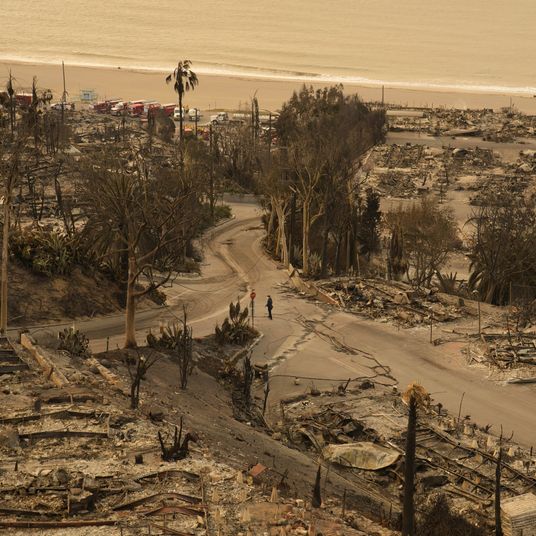In the upcoming Atlantic, James Fallows examines exactly how hard Google is trying to save the news industry — despite the fact that they get a bad rap for killing it, in their own way. Fallows outlines various experiments that Google has engaged in (some successful, some not) to try to figure out a way to make news-content delivery work better. But what’s most compelling are the (very simple, usually) realizations that Google employees have come to about what doesn’t work in the system we have now. Writes Fallows:
People inside the press still wage bitter, first-principles debates about whether, in theory, customers will ever be willing to pay for online news, and therefore whether “paywalls” for online news can ever succeed. But at Google, I could hardly interest anyone in the question. The reaction was: Of course people will end up paying in some form — why even talk about it? The important questions involved the details of how they would pay, and for what kind of news.
Fallows walks through the idea of “bundling,” that is, that newspapers make money off of things like real estate and auto coverage to pay for their expensive reporting expeditions in war-torn Afghanistan. Then people would buy the whole newspaper and publishers wouldn’t have to worry about specifically what they were buying it for. The Internet, of course, has undone that. Not only do readers not have to buy the whole bundle, but advertisers don’t have to cater to a general class of reader — they can hone in on exactly the reader whose interests are aligned with theirs. The problem is, online ad spaces (as targeted as it may be) just isn’t as lucrative as print ad spaces. But again, Google doesn’t sweat that. “Here is a crucial part of the Google analysis: they certainly will be,” writes Fallows. “The news business, in this view, is passing through an agonizing transition — bad enough, but different from dying. The difference lies in the assumption that soon readers will again pay for subscriptions, and online display ads will become valuable.”
In other words, Google, that mysterious agent of the future, is basing its experimentation on optimistic assumptions regarding fundamental questions we in the print media are still agonizing over. The value of Google is that the information it procures for you is valuable. Nobody, Fallows points out, would want to use Google Maps if the directions it provided were incorrect or out of date. The same goes for journalism that is correct, thorough, and up to date. Brands like The Wall Street Journal and the New York Times will still be the leading brands in, say, 2020, Google experts assume. It’s the redundancies — the resource-exhausting thousands of stories from different outlets on the same news story — that are in danger. “Why is it that a thousand people come up with approximately the same reading of matters? Why couldn’t there be five readings? And meanwhile use that energy to observe something else, equally important, that is currently being neglected,” observed Google News creator Krishna Bharat. “I believe the news industry is finding that it will not be able to sustain producing highly similar articles.” A very simple conclusion, but one that the editor of a legacy news organization, consumed with getting all of the day’s news in one bundle, would be likely to reach on his own.
How to Save the News [Atlantic]





























